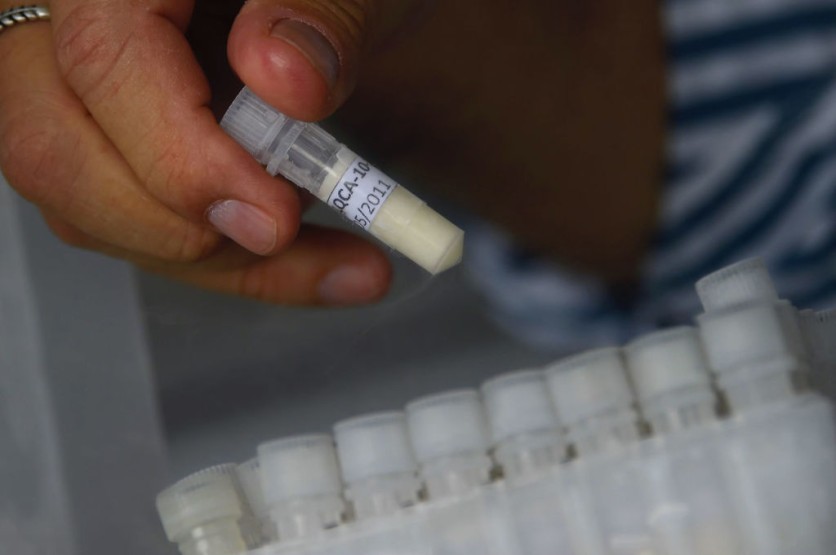NASA has just sent yeast to space, as reported by CBC. In The collaboration between the North America Space Agency and the University of British Columbia (UBC), yeast was sent into space during NASA's Artemis 1 lunar mission placed on November 16, 2022.

The rocket contained a box filled with samples of yeast and algae as part of the project led by UBC pharmaceutical sciences.
Why Yeast?
The goal here is to see how the yeast samples, which returned on December 11, 2022, fared when exposed to cosmic radiation. Yeast is used because it has a similar genetic makeup to humans.
The main goal here is to find a way to protect astronauts and potential members of future space colonies from harmful rays.
NASA likely has plans to have a permanent settlement on the moon by 2030. In addition, NASA's Artemis mission will send humans to the moon by 2030.
Yeast and algae have around 70 percent of the same genes as people, such as the RAD51 gene that is vital in creating protein to repair DNA.
With the samples, there is a potential that scientists could create a drug that would deliver extra RAD51 mRNA to people going to space which will help keep them safe.
The Impact of Cosmic Rays on Humans
Cosmic radiation can be harmful as it is the Earth's magnetic field that protects humans from radiation from the sun and stars. However, going above the atmosphere means astronauts lose a significant amount of that protection.
During missions, the radiation levels of astronauts are monitored, as well as their exposure limits on how long they can stay in space.
The results from the samples will take some time as it has to undergo a rigorous process. First, the DNA should be extracted, polymerase chain reaction testing done, and the genes will then be sequences and compared with samples that did not leave the atmosphere.
The process could take years to complete. However, it might be worth it for future astronauts.
Also, yeast is used for the experiment because it is easy to use, accurate and cheap. While yeast has a similar genetic makeup to humans, it is said to be more versatile and not complicated regarding genes.
Scientists want to see if yeast can help them in creating combination drug treatments. Yeast has already been used to find combination drug treatments for diseases, such as the treatment of the antibiotic-resistant MRSA superbug.
While scientists hope that the yeast samples will help them better understand the damage the cosmic radiation will have on humans, they also know that this is just one step toward a potential drug that can protect humans. Knowing NASA is thinking about the long-term is heartening as they are planning on the human settlement on the moon and sending humans to Mars in the future.
Related article : NASA Artemis I Offers Last Chance to 'Fly Your Name to the Moon': Here's How to Register

ⓒ 2025 TECHTIMES.com All rights reserved. Do not reproduce without permission.




